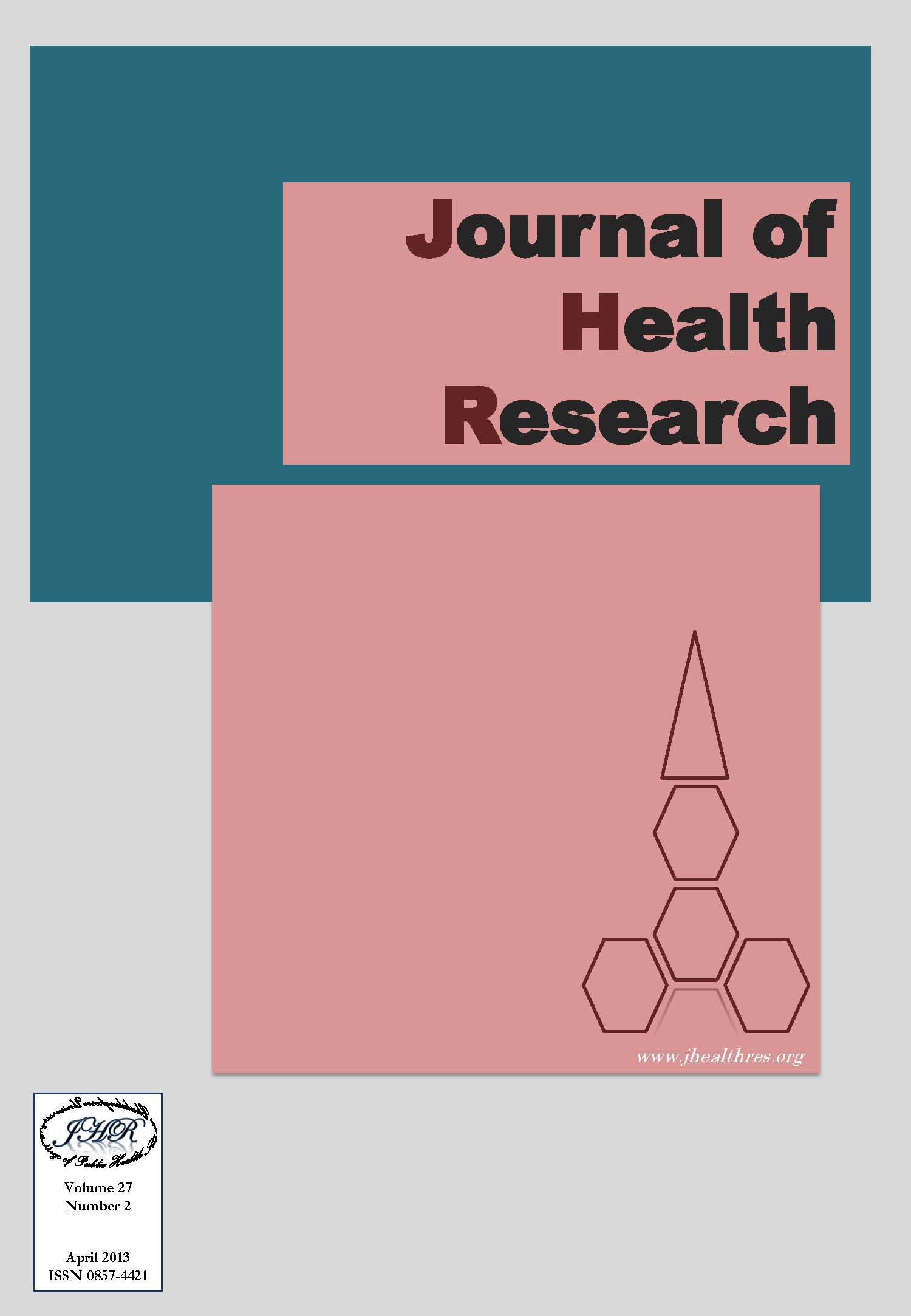Indirect Exposure of Farm and Non-Farm Families in an Agricultural Community, Ubonratchathani Province, Thailand
Keywords:
Indirect exposure, Agricultural community, Surface residue, Pesticide exposureAbstract
In Thailand’s agricultural communities, a number of pesticide products have been frequently used in agricultural farms and this is raising concerns about potentially adverse effects on human health and environment in the community. The objective of this study was to investigate residential pesticide exposure in farm and non-farm families in an agricultural community in Ubonratchathani province, Thailand during April, 2012. All participants signed the consent form before data collection. A total of 108 households of farm and non-farm families were recruited. Organophosphate pesticides (OPs) were collected by 24 hr indoor air sampler and wiping surface residues with 40% iso-propanol gauze pads. Both air and surface residues samples were analyzed by gas chromatography with flame photometric detector. Chlorpyrifos pesticides were detected in air samples with an average 1.28x10-3 mg/m3 in farm families and 1.15x10-3 mg/m3 in non-farm families. Chlorpyrifos and pirimiphos-methyl were detected in surface residue samples with an average of 0.047 mg/cm2 and 0.032 mg/cm2 respectively in farm families. In non-farm families, chlorpyrifos and pirimiphos-methyl were detected with an average of 0.029 mg/cm2 and 0.024 mg/cm2 respectively. Pesticides used in farms have contaminated the indoor environment and can be tracked in by clothes, shoes and air drift. This study described that residential pesticide exposure among families who live in agricultural communities and people in agricultural community are possibility exposed to pesticides indirectly by their main occupation in the community.







